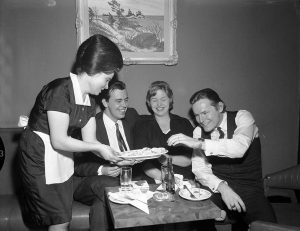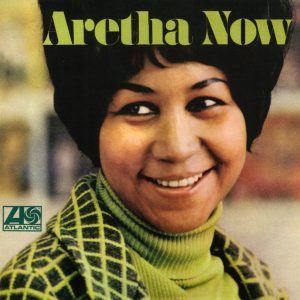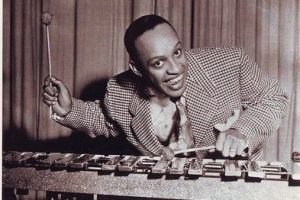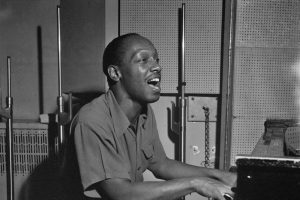One of the challenges of exploring new musical genres is that an individual may have no context. Imagine someone listening for the first time to The Beatles. Sher would have no real feel for their roots, how the band differed from the type of rock and roll being played to that point, their influences, etc. She likely would not know The British Invasion from the San Francisco sound or what was bubbling up from the streets of New York City. All this music would no doubt sound terrific to that person. At the same time, however, she would feel stuck in a bit of a vacuum.
The vacuum is even greater in the world of jazz. Blues and rock and roll are more accessible and visceral than jazz, especially that of recent vintage. Post big band era jazz is a step up in intellectualism and conceptual complexity. The feeling of disorientation likely would be greater.
A Different World
The difficulties and challenges of accepting the new music was not to the listening public. There was tension within the jazz world between the old guard (think Louis Armstrong) and those who played bebop and other newer form. There was crossover in the music and many musicians existed in both worlds, of course. But they didn’t always see eye to eye.
The reality probably was that jazz players beginning in the 1950s grew up in a world of horrific wars, massive and in many cases frightening technical advances and other dislocating events and changes. Much of it was painful. Many of the players were African Americans, and the structural racism of our society impacted their music in a way that their fathers and grandfathers didn’t allow it to. In that landscape, it makes sense that the music produced would be more complex and conflicted and less emotive, accessible and exuberant than the big band music of just a few years before.

I’ve found that a key to listening to jazz of the latter half of the 20th century – such as pianist McCoy Tyner, who is featured in this post – is not to worry about where in the vast jazz landscape the musician or band fits in. Did Tyner play bebop? Post bebop? Hard bop? Cool jazz? It doesn’t matter. What matters is that he was great. The details only matter to the listener if he or she is interested enough to pursue it.
But trying to understand the music is important. That’s different than being able to pigeonhole the player or group. It’s not hard to understand a Norman Rockwell painting. Here is kindly cop bending down to help a kid. Here is a man at a town hall meeting earnestly saying what is on his mind while everyone else listens respectfully. Here is a kid sneaking a peak at his doctor’s medical school diploma before getting an injection. It all is wonderful. But so is art by Jackson Pollack, which is paint splattered on a big canvas. It’s more demanding — and satisfying in an entirely different way. It appeals to a different part of the brain.
This all struck me when I read the Wikipedia entry on Tyner. The names that flow past are familiar to anyone who listens to jazz, even casually: Elvin Jones, Bud Powell, Art Famer, Benny Golson and, of course, John Coltrane. The narrative describing how Tyner got to where he was, however, is complex and requires an expert to offer relevant commentary. The key point is that Tyner was in Coltrane group for about five years and played on many of his albums, most notably “A Love Supreme” and “My Favorite Things.” He then left. The reason, according Wikipedia:
His involvement with Coltrane came to an end in 1965. Coltrane’s music was becoming much more atonal and free; he had also augmented his quartet with percussion players who threatened to drown out both Tyner and Jones: “I didn’t see myself making any contribution to that music… All I could hear was a lot of noise. I didn’t have any feeling for the music, and when I don’t have feelings, I don’t play”.[4] In 1966, Tyner rehearsed with a new trio and embarked on a career as a bandleader.
One gauge of how different subgenres sound is to listen to the way in which they handle the same song. Indeed, one of the cool things about jazz is that artists tend to spend a lot of time covering the standards. It is pretty easy to contrast and compare treatments, even if the listener isn’t aware of the details.
Above is McCoy Tyner performing “I Mean You,” a Thelonious Monk composition that has been performed by many jazz musicians. The Wikipedia entry on the album on which it appears – “Infinity” — gives Coleman Hawkins song writing credit as well. The album was released in 1995 and features Michael Brecker, Avery Sharpe, Aaron Scott and Valinho Anastacio. It won the 1996 Grammy for Best Jazz Instrumental Performance (Individual or Group). In addition, Brecker won the Grammy for Best Jazz Instrumental Solo for another cut on the album (“Impressions), which is a Coltrane composition.










Add Comment